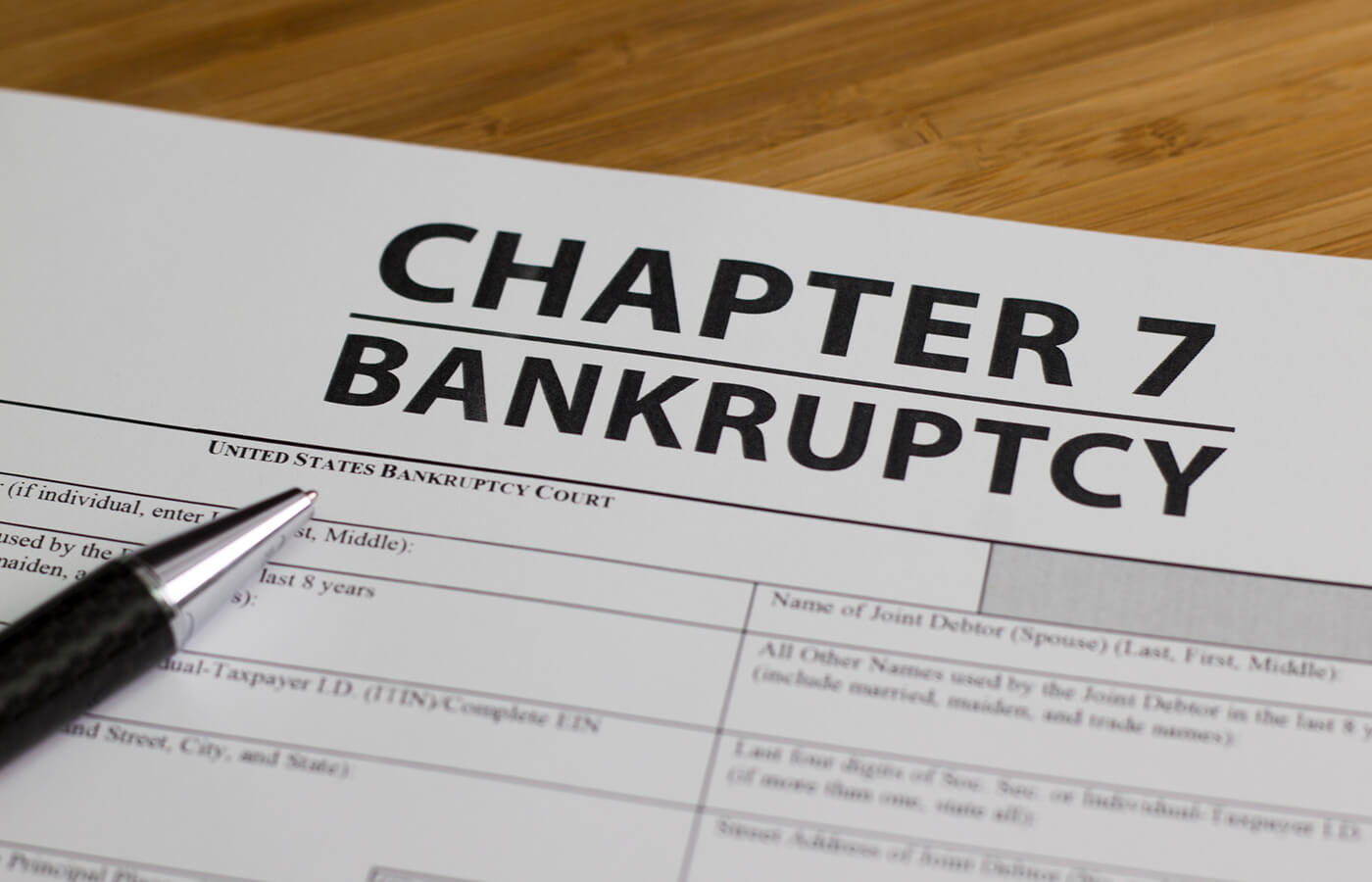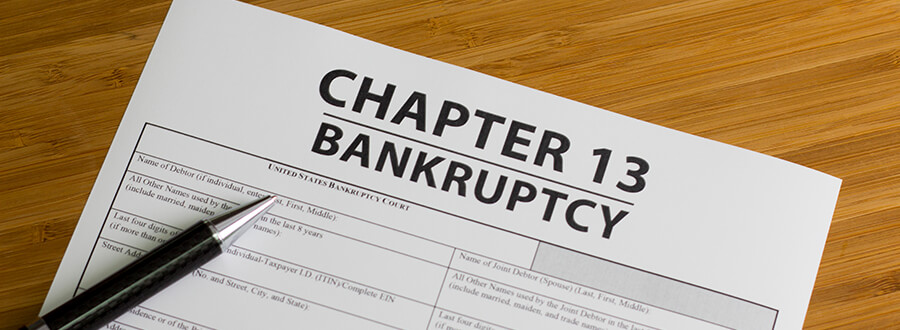
Chapter 7 bankruptcy, also called “straight” or “liquidation” bankruptcy, is named “Chapter 7″ because the law is contained in Chapter 7 of the federal Bankruptcy Code. It is referred to as “straight” because the goal is to get rid of all unsecured debts (credit card, medical, etc.). It is referred to as “liquidation” because the trustee who is assigned your case can sell your non-exempt property to pay your creditors. However, one of the important roles of a bankruptcy attorney is to apply the proper laws to exempt much, if not all, of your property so the trustee does not have to sell it.
Many people do not file for bankruptcy because they are worried they will have to give up their cars, their homes, and other property. In most cases, this will not happen if the bankruptcy petition is completed properly. Before assuming that all your property will be sold you should take advantage of the free consultation we offer at Monterey Peninsula Bankruptcy to discuss your bankruptcy options. So if you live anywhere in the Salinas, Santa Cruz, Monterey, or San Benito areas do not hesitate to call for a free consultation.
Chapter 7 bankruptcy helps individuals get a fresh start by allowing them to get rid of debts such as:Credit Card
Medical
Lawsuit judgments (such as deficiency judgments for a repossessed auto and other types)
Unsecured personal loans
Some taxes
When you file Chapter 7, all harassing phone calls and letters from your creditors must stop – it’s the law.
Chapter 13 is known as a “wage earners” bankruptcy because in order to file Chapter 13 you must have an income. It’s also referred to as a type of debt consolidation whereby some of your debt may be paid over a 3 to 5 year period. How much you would pay will depend on your income and other factors. In many cases, only pennies on the dollar is paid. It’s also possible that none of your unsecured debt (i.e. credit cards, medical bills) is paid. In other words, we have clients who may be paying 100% of their debt back whereas other clients may be paying nothing back to their unsecured creditors. Again, it will depend. That is why it’s important to take advantage of the free initial consultation we offer.
In Chapter 13 the debtor is able to:Resolve Issues with Car Loans – Prevent Repossession
– If you’re behind on your car loan, Chapter 13 allows you to get current on the loan without fear of repossession.
– If you are paying a high interest rate on the car loan, Chapter 13 Can decrease the interest rate – saving you money in the long run.
– If your car is valued less than the loan balance you may be allowed to decrease the secured portion of the loan to the fair market value of the car.
Manage Tax Debt
If you back taxes Chapter 13 is a way to manage that debt. Many people assume back taxes can’t be discharged (“forgiven”) through bankruptcy but that’s not always true. There are specific criteria that need to be met to have back taxes discharged. If the taxes can’t be discharged (because the criteria are not met) then a person can pay the back taxes through the Chapter 13 plan over a 3-5 year period without any additional interest or pentanes being assessed.
Strip a Second Mortgage
If you owe more on your first mortgage than your house is currently worth and you if have a second mortgage (or home equity line of credit), you may be able get rid of that second mortgage through Chapter 13. This is called lien stripping. Essentially, if you owe more on the first mortgage than your house is worth, your second mortgage is no longer secured by your house because there is no equity in the property (i.e. the property is upside down). Bankruptcy law allows for the second mortgage to be considered unsecured and therefore dischargeable through Chapter 13.
Failed Attempts at Loan Modification?Perhaps you attempted to qualify for a loan modification and were told by your bank that you had to stop making your mortgage payments first. Then after a long process of exchanging documents you were denied the modification. Now you’re many months behind on your mortgage and being threatened with foreclosure but would like to keep your home. Chapter 13 allows you an opportunity to get caught up on mortgage payments you’re behind on (arrears) making it possible for you to save your home.Regain Financial Stability
If you been hit with short-term financial hardships like illness, job loss or significant unexpected expenses, Chapter 13 bankruptcy can be an effective way to reestablish financial stability. If you’ve been knocked off balance by a crisis, but have regular income with which to make monthly payments, Chapter 13 bankruptcy can provide a powerful safety net.
Chapter 13 bankruptcy combines the automatic stay feature with a debt restructuring plan and a 3-5 year payment plan for catching up on payments. These features, and extended property protection, make it an attractive option for people seeking to avoid repossession or stop foreclosure.


It’s unlikely that bankruptcy will cause your score to decrease more. However, if you have a high credit score and still need to file bankruptcy (not uncommon) then it’s possible you’ll see a decrease in your score.
Despite the fact that a Chapter 7 bankruptcy will be reported on your credit report for up to 10 years (7 years for a Chapter 13 case), once you’ve received a discharge you can still improve your credit score during that period. Because a person has taken action to improve their financial situation, their credit score will begin to increase shortly after receiving a discharge. But in order to build your credit score after bankruptcy, it’s important to take, at minimum, these three steps.
1) If you have a car loan or mortgage that weren’t discharged in the bankruptcy case makes sure they are paid on time each month.
2) Get a new credit card. (Low limit unsecured or a secured card) and make sure to pay it on time and avoid running a balance in the next billing cycle. Make sure the credit card company (underwriter) reports to the three credit bureaus.
3) Check your credit report at least once a year for accuracy. Go to www.annualcreditreport.com